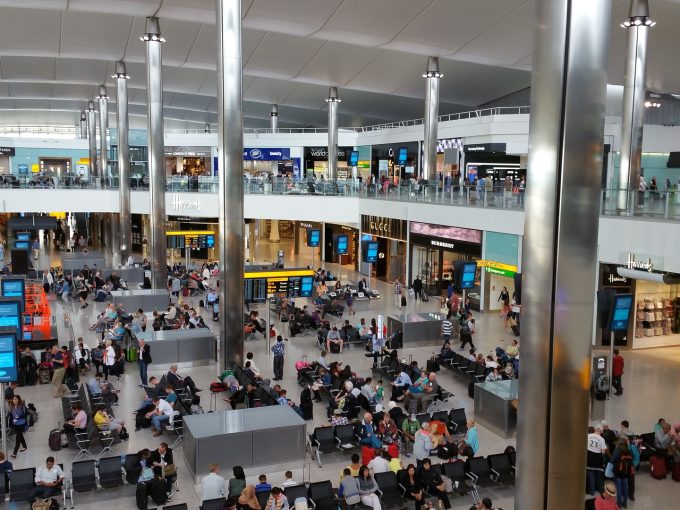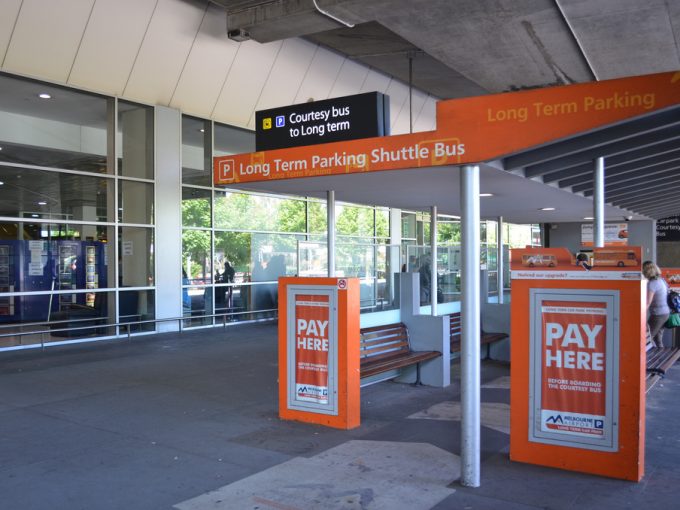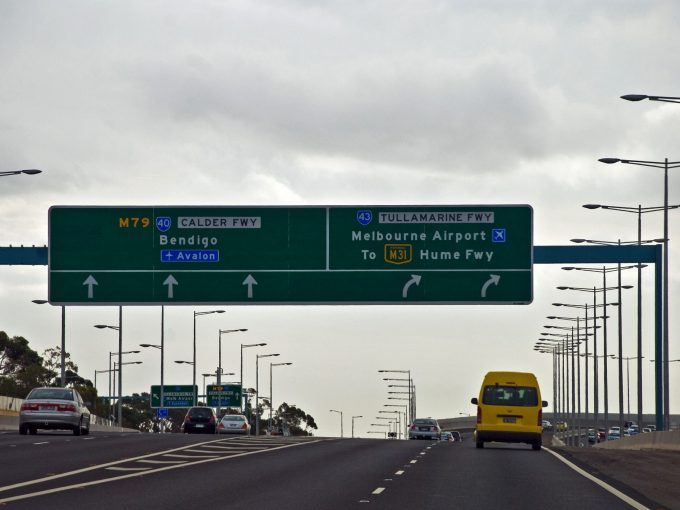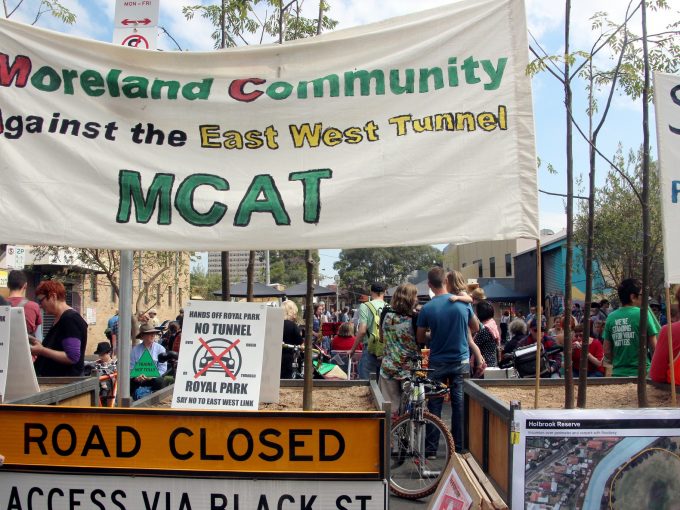The plane crash at Essendon Airport last week shows the folly of allowing runways to co-exist with commercial development.
Originally published on The Conversation – 28 February 2017
Tullamarine Airport opened in 1970 partly because of the risk to housing from aircraft at Essendon. Why, then, have authorities allowed extensive new development within Essendon Airport’s boundaries between housing and runways?
Between 1997 and 2003, the federal government provided 99-year airport leases to private consortia, raising A$8.5 billion. This process illustrates how privatisation can lead to unaccountable incremental actions and impacts that public authorities didn’t anticipate.
Since then, in effect, lessees have enjoyed the privileged position in Australian planning law of being able to decide their own futures. The exclusion of such large areas as airports from broader metropolitan planning threatens orderly planning on a grand scale.
Planning academics Robert Freestone and Douglas Baker have argued:
The prospect of market opportunities from property development and commercial initiatives was a key factor in the high prices secured for airport leases.
This process was compromised if higher prices than those justified by leases were reciprocated by commercial approvals. Any future development assessment would be predetermined towards approval. This would prevent fair consideration of objections, resulting in a lack of proper scrutiny in the public interest.
Airport business is booming
Commercial development is now integrated with traditional airport operations across Australia. But aside from possible reciprocal financial expectations, privatisation has provided extraordinary bargains to lessees through large capital and operational returns.
Linfox Group and Beck Corporation, for example, made a reported payment in 2001 of $22 million for a lease on 305 hectares of prime inner-urban land at Essendon Airport. They have turned this into a projected $1 billion enterprise over the next decade. One-quarter of the airport is leased to commercial tenants.
Business zones adjoin or wrap around runways. The plane crashed into a large retail DFO complex. An eight-storey 150-bed hotel, conference centre, a five-storey office block, private hospital, supermarket, auto centre and much else have also been built or are planned. Projected employment in the precinct is 18,000.
Air traffic has expanded significantly too. Essendon is home to executive air, charter, freight, media and regional air services, air ambulance, police and private aircraft. Essendon is Australia’s largest corporate jet base.
All this activity reinforces the public danger from the incompatibility of air and commercial land uses under privatised governance arrangements.
Operators bypass state planning rules
Under the Airports Act, Essendon Airports Pty Ltd must prepare a management plan outlining airport development for 20 years. The privatised management of airports inherited the Commonwealth’s constitutional overriding of state and territory land-use planning provisions. Master plans must only address “consistency” with state and local planning schemes.
However, airport lessees are not required to act on submissions. Essendon Airport Pty Ltd gave “due regard to all written comments”, then forwarded submissions and its master planto the federal government. The Commonwealth approved the plan in 2014 regardless of broader urban planning considerations.
Victorian government planning policy has attempted to concentrate commercial development in mixed-use centres well served by public transport. Essendon Airport is a classic road-based, out-of-centre location. It was not identified as an activity centre in Melbourne metropolitan planning. But, for 30 years, no Victorian government has shown an appetite for curbing out-of-centre development.
The 2014 metropolitan plan, Plan Melbourne, proposed to “investigate opportunities for … increased development and employment” at Essendon. Airport management submitted a case to the revised metropolitan strategy process for recognition as an activity centre.
State and local authorities originally expressed concern at the proposal to construct the DFO at Essendon Airport. However, more recently, local and state attitudes have changed.
In 2014, the Liberal planning minister, Matthew Guy, announced a new airport employment precinct and a partnership between the developers, Metropolitan Planning Authority and state and local governments. The airport was identified as both a key transport gateway and important commercial area.
Labor Niddrie MP Ben Carroll also welcomed the expansionof commercial activities. Moonee Valley Council expressed concerns but did not oppose the major proposed land uses. Councillors expressed the view that Essendon Fields is “an important economic hub” and a “vibrant business precinct”.
The then federal infrastructure minister, Warren Truss, said in 2015 that:
Airports are now business destinations in their own right and provide a powerful economic engine for their home region and local communities.
In similar language, Essendon Airport Pty Ltd CEO Chris Cowan said that:
Essendon Airport [provides] a unique opportunity to reinforce its activity centre function by realising non-aviation development potential.
Everybody is now speaking from the same script.
State and local policy has increasingly become aligned with the Commonwealth helping to further the private interests of airport operators at increasing risk to the public.
Instead, airport governance should redefine Commonwealth responsibilities to its citizens and be integrated with broader metropolitan planning. This ultimately may mean closing down airport operations at Essendon.





